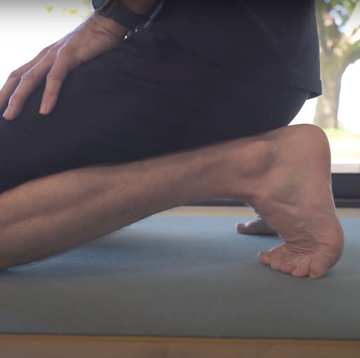Osteopath
Osteopaths are masters of palpation, using their hands to detect sites of tension, weakness or strain. They look at the body as a whole, rather than just the injured site. The aim is to redress imbalances anywhere to alleviate symptoms. Sessions are likely to include passive joint movements, neuromuscular techniques and high-speed adjustments.
Best for: Chronic injuries and postural imbalances
Physiotherapist
Traditionally, a physio would focus on the affected area, but some now take a more holistic approach to injury. Treatment is more exercise-based and less hands-on than osteopathy. Taping, ultrasound, TENS (transcutaneous electrical nerve stimulation), laser treatment or acupuncture may be used alongside stretching, soft-tissue massage or manipulation within the session.
Best for: Resting heart rate
Sports therapist
While osteos and physios are trained to deal with all musculoskeletal problems, a sports therapist specialises in sport and exercise injuries, with a strong focus on sports first aid. A treatment plan is likely to include massage and taping, along with remedial exercises and, if necessary, specialist referral. However, the profession is unregulated.
Best for: Prevention and recovery
Chiropractor
Chiropractic treatment is aimed at treating problems with the bones, muscles and joints, with a focus on the spine. It’s mostly used for back pain and chronic problems. Chiropractors use high-speed ‘adjustments’ to help restore movement to joints, sometimes resulting in a ‘crack’ or ‘pop.’ X-ray is often used to assist diagnosis.
Best for: Best winter running gear
Sports massage therapist
These therapists are not qualified to diagnose injuries, but the techniques they learn (not just massage but other forms of soft-tissue manipulation, such as assisted stretching) can aid recovery and assist healing. Regular treatments also allow a practitioner to spot the warning signs of injury before you become aware of them. Unregulated, so qualifications vary.
Best for: How to tackle tight hamstrings













